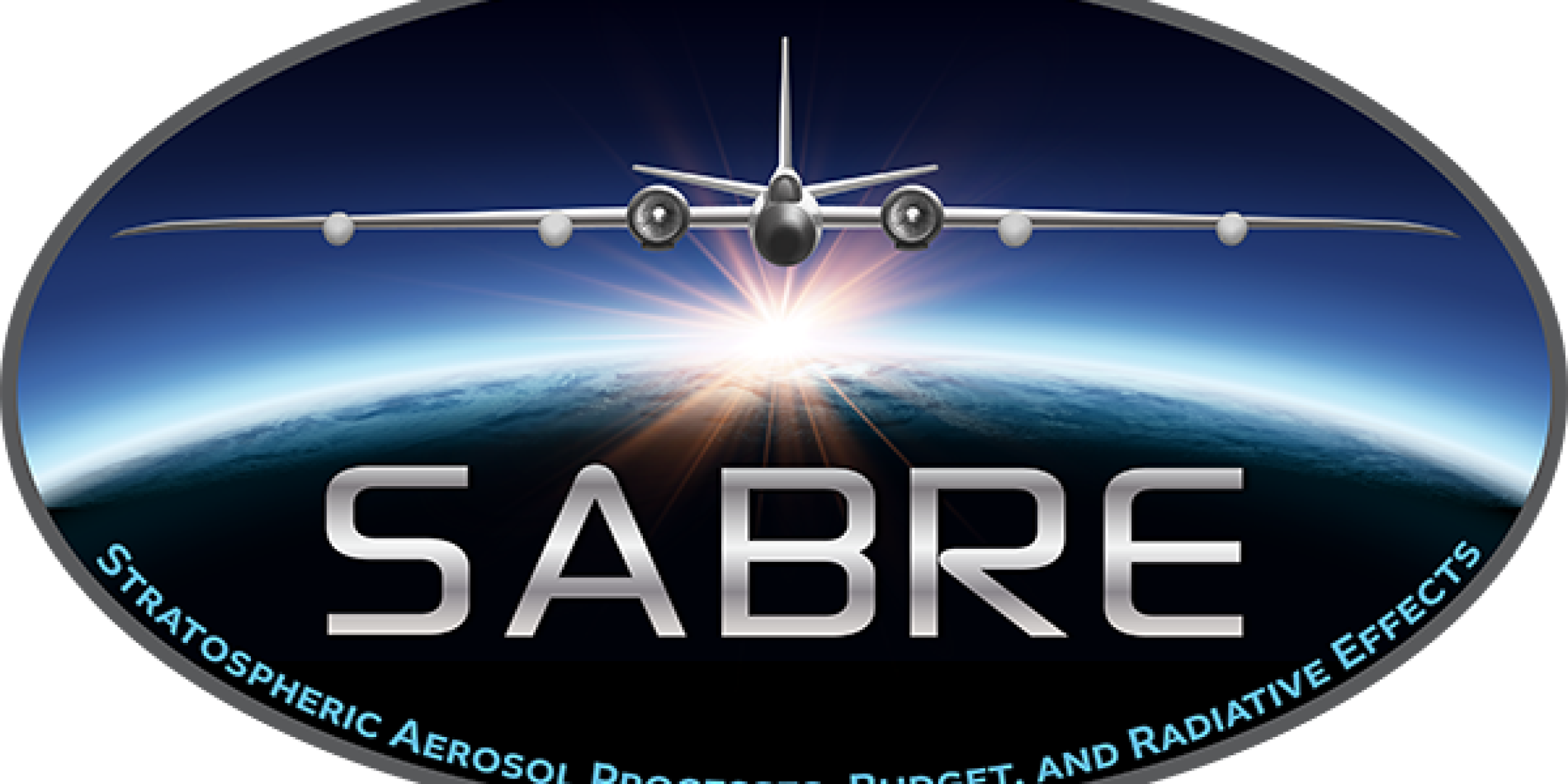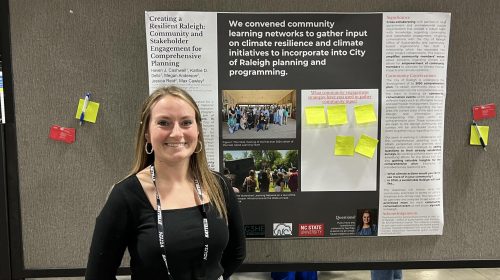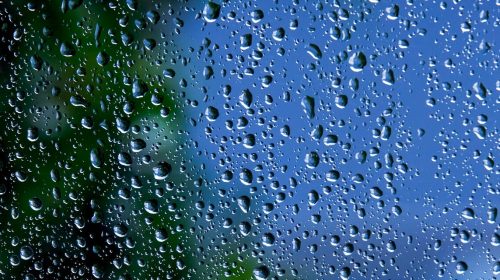Solar geoengineering is a proposed approach to cool Earth’s surface by reflecting solar energy back into space. These methods, though controversial among researchers, involve injecting reflective particles into the stratosphere to keep solar radiation from reaching the Earth. A new article published in Science details NOAA’s research efforts to investigate the science underpinning solar engineering, also known as solar radiation management. At the direction of Congress in 2020, NOAA is leading the Earth’s Radiation Budget Initiative to investigate the types, amounts, and behavior of particles that exist in the stratosphere naturally. The idea is to conduct field and modeling research to achieve a fuller understanding of naturally occurring stratospheric particles before we could consider artificial injection. The first step in gathering field measurements was regularly launched balloons equipped with sensors to gather baseline data on the size and distribution of particles in the stratosphere. Now, the initiative has begun the next phase to collect measurements using high-altitude research aircrafts outfitted with 17 instruments which measure particle transport, chemistry, radiative properties and more. This field campaign is spearheaded by NOAA’s Chemical Sciences Laboratory and is termed Stratospheric Aerosol processes, Budget and Radiative Effects (SABRE).
The Climate Program Office’s Earth’s Radiation Budget (ERB) Program, the competitive research component of NOAA’s larger initiative, supports projects to improve model representations of relevant atmospheric processes and assess risks of solar geoengineering. Along with ERB Lead Greg Frost, two ERB-funded scientists are represented in the Science article, Karen Rosenlof of CSL and Simone Tilmes of the National Center for Atmospheric Research (NCAR). These researchers are leading projects to address a challenge identified in ERB’s first external grant year (FY22), atmospheric aerosols and their potential roles in solar climate intervention methods.









